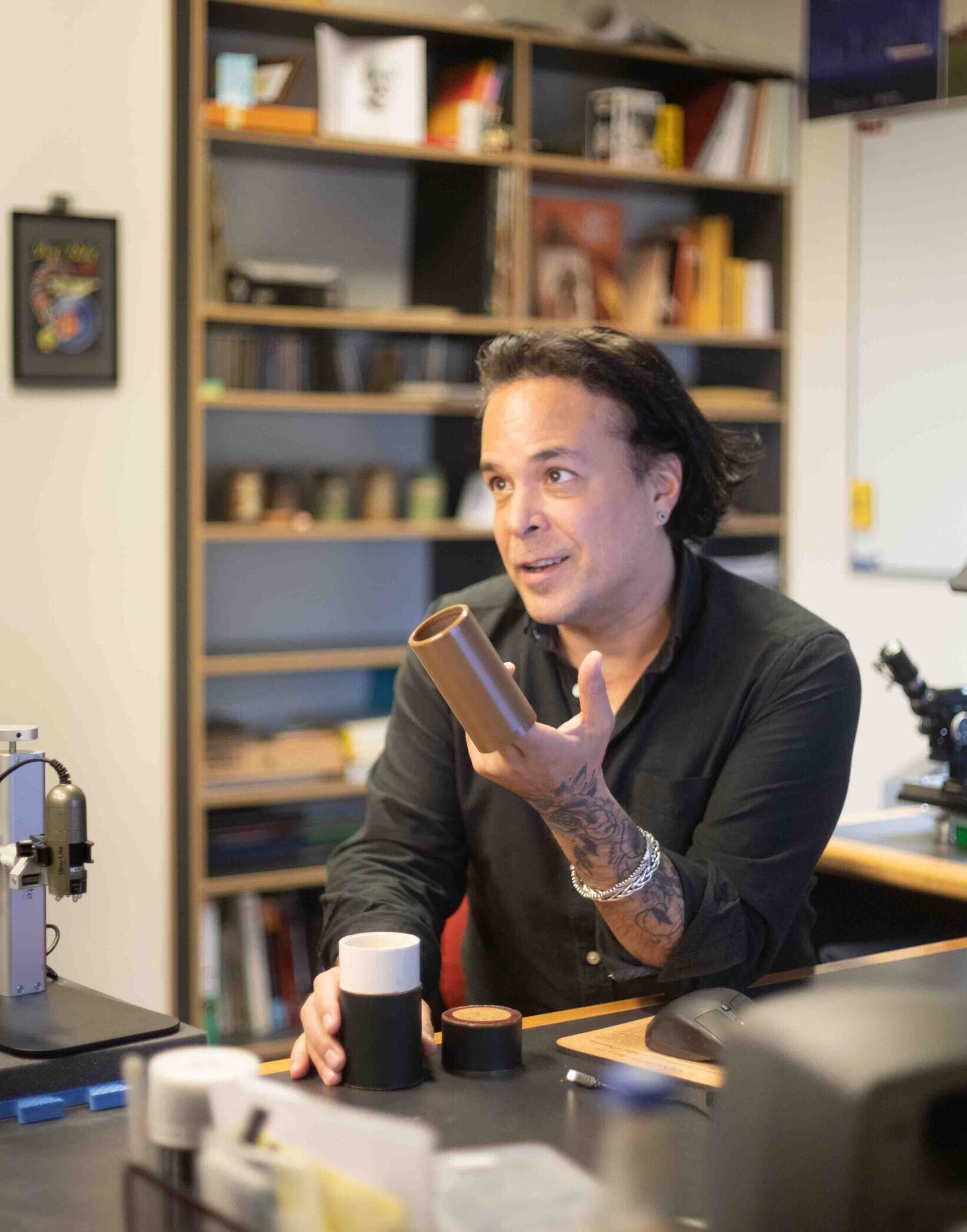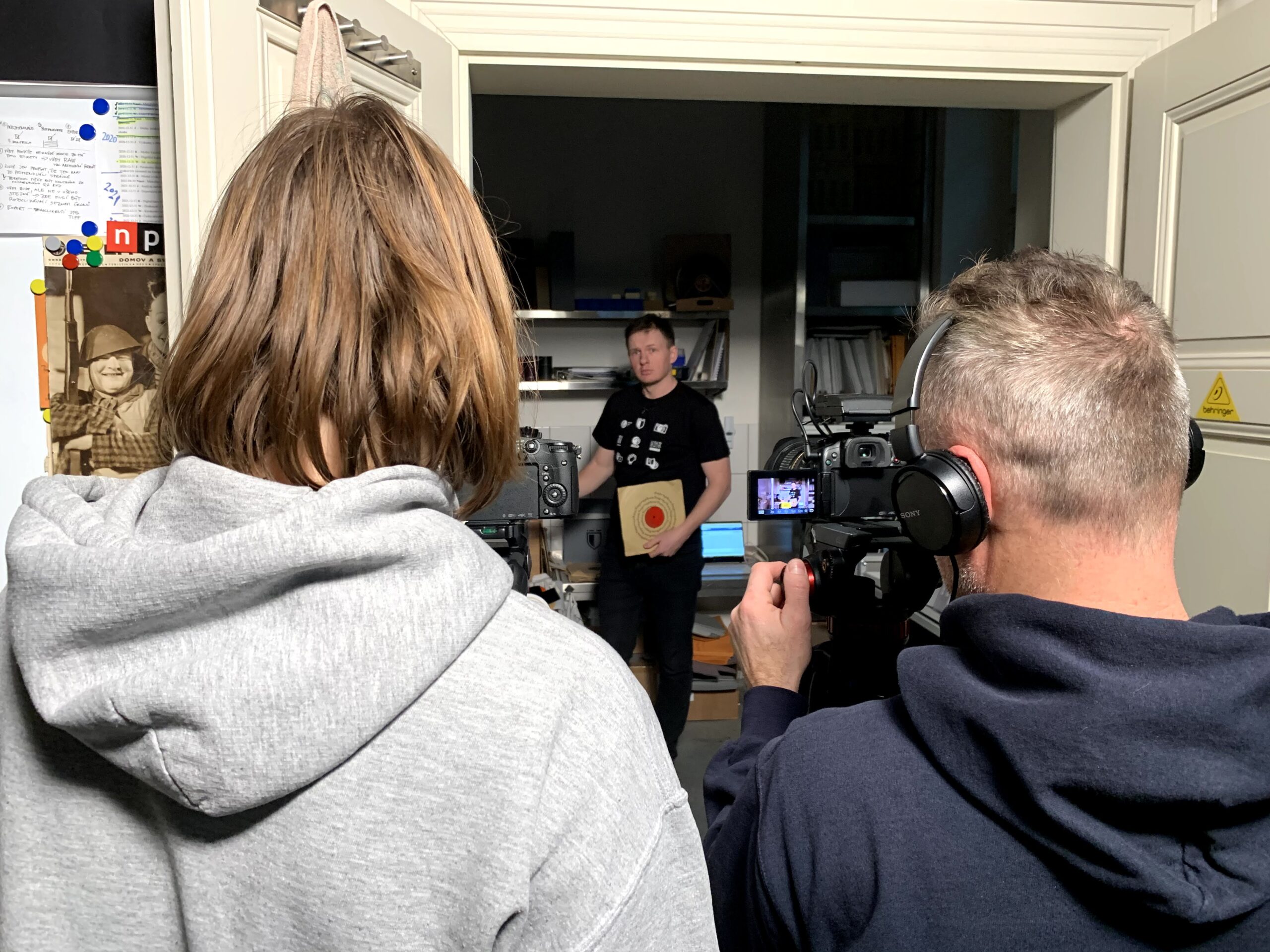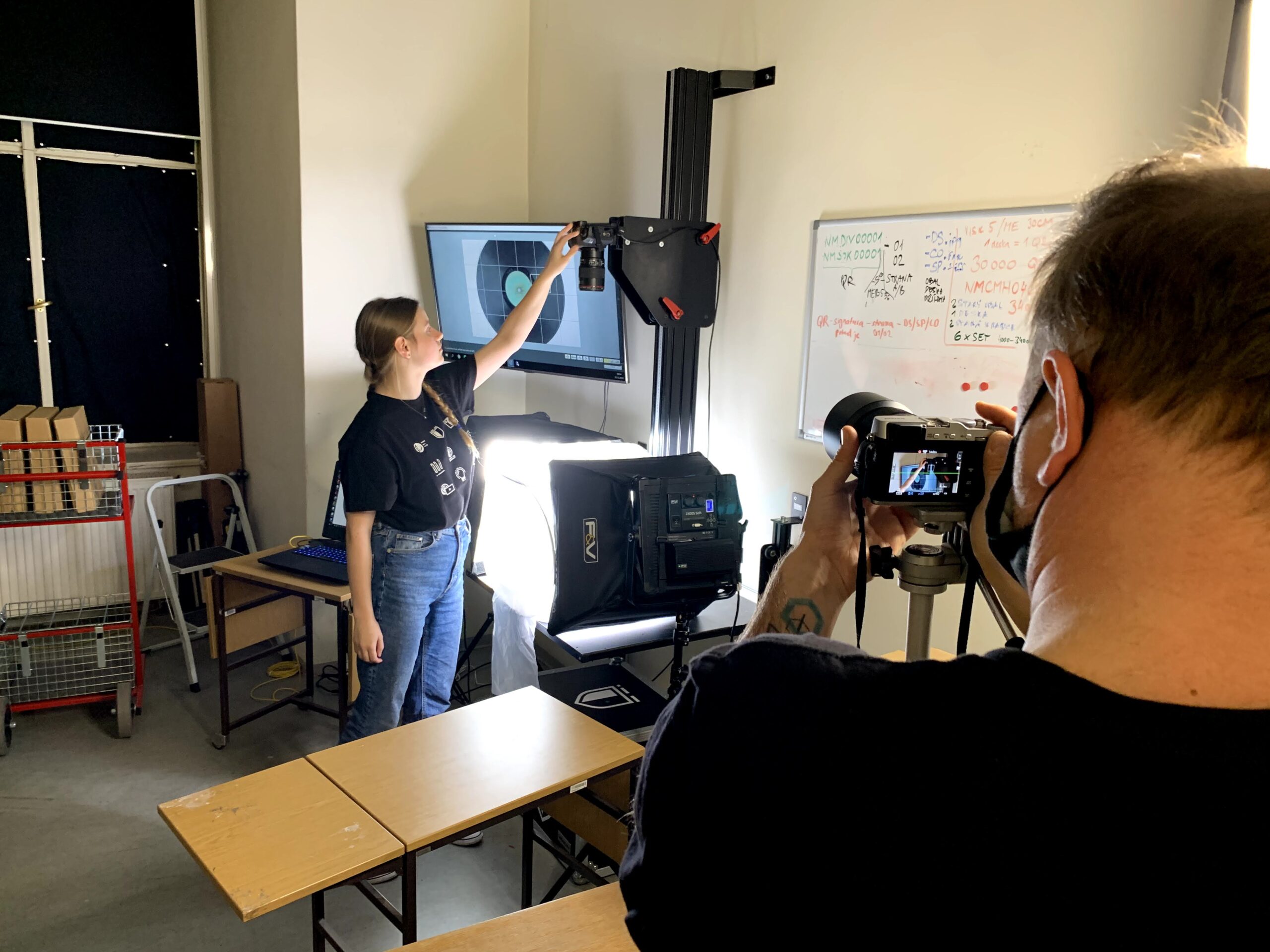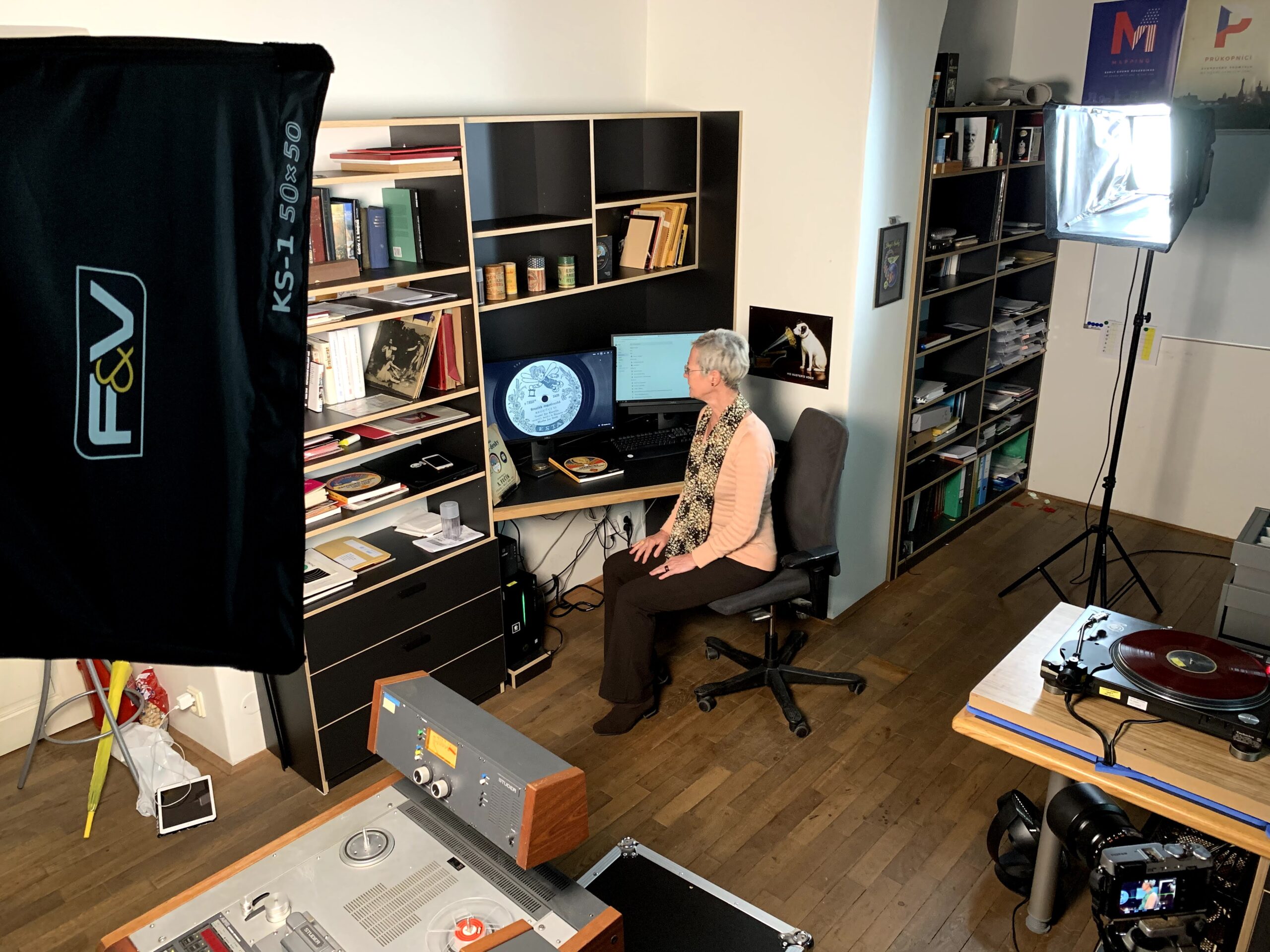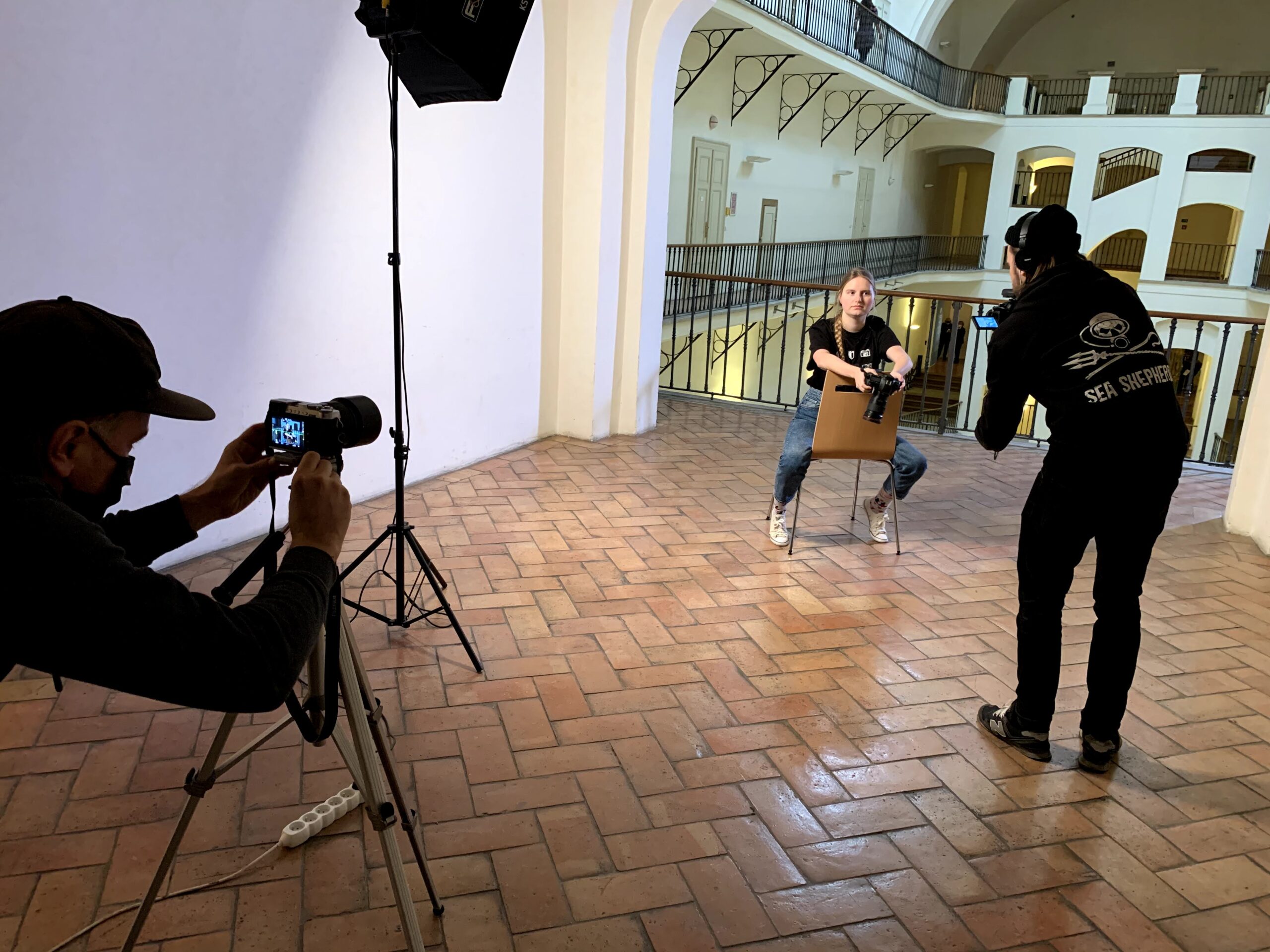Have a sneak peek behind the scenes of historical audio recordings preservation!
We are opening a new chapter in the history of sound carriers and audio recording. In its nine pillars, the New Phonograph project encompasses all the essential processes of audio recordings digitization. What needs to be done before you can enjoy listening to the presidential address of Tomáš Garrigue Masaryk, the first recording of the aria of the Prince in Water-Nymph or recordings made for Czech compatriots in America? And how can you start exploring our sound heritage?
The New Phonograph studio is based in the National Museum – the Czech Museum of Music. This is where old analog recordings – phonograph cylinders, shellac gramophone records and other sound carriers – come back to life. Why this type of historical documents? “Cultural values preservation is focused mostly on books, printed materials, buildings, paintings… All you need to capture them is your own eyes or a camera. You may well see an old picture or a musical score, but you don’t hear the authentic sound. The sound is hidden inside, and that is exactly what we find so intriguing,” says Filip Šír, the project manager.
Before a recording can be played, it needs to go through a complex process consisting in a number of important steps; digitization being one of them. As this field has been largely unexplored in the Czech Republic, New Phonograph developed a digitization process made to measure for various types of sound carriers. Each recording is itemized, conserved, photographed, catalogued and digitized. However, the process doesn’t end here: “What matters most to the end user is accessibility. That is why we are looking into various ways of making recordings easily accessible. Audio recordings open up new possibilities for exploring our history,” says Martin Mejzr, historian, member of the New Phonograph team. “Our work with the sound carrier and its content is interdisciplinary. We strive not only to capture the content, but also to discover the story of the author or the company who made or published the recording. The digitization process is therefore accompanied by historical research. We aim at making recordings accessible to users in various forms, including education. That’s why we need to involve various professions – a conservator, a sound engineer, a cataloguer, a digital curator or a photographer,” says Filip Šír. In cooperation with the National Library of Technology and with the financial support of the Ministry of Education, Youth and Sports, the New Phonograph team has prepared a series of videos presenting the individual pillars one by one. We will show you how gramophone records are washed and their labels photographed, how the spit cake-shaped phonograph cylinders are played, how recordings are registered and labelled and how they are made accessible to the public. Last but not least, you will find out that you may be just one small step away from a historical discovery of a treasure long hidden in your attic…
Let’s listen to the sound of history together!
![]()


